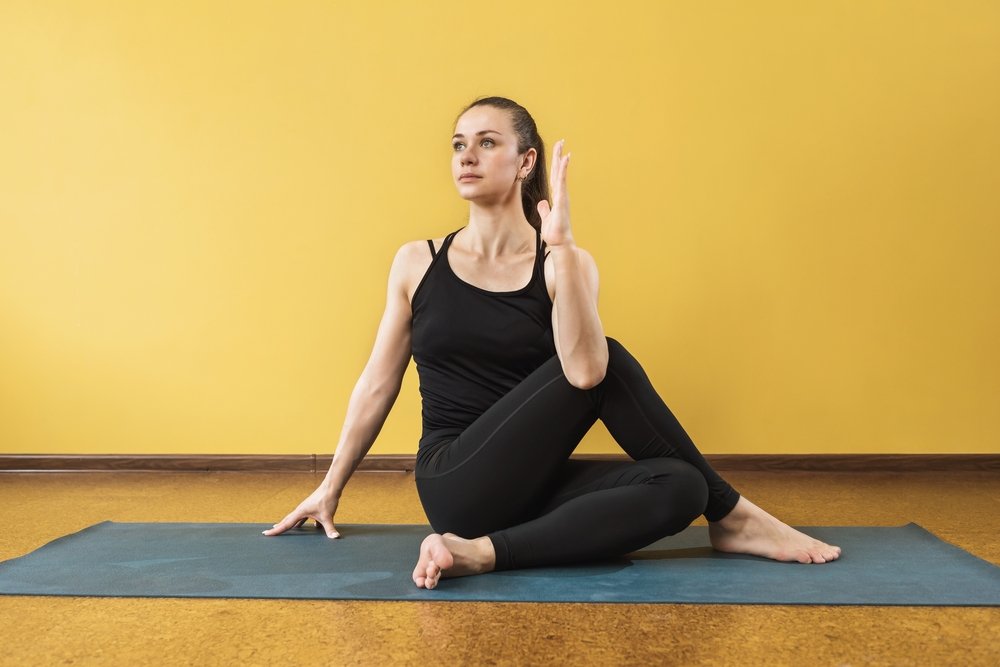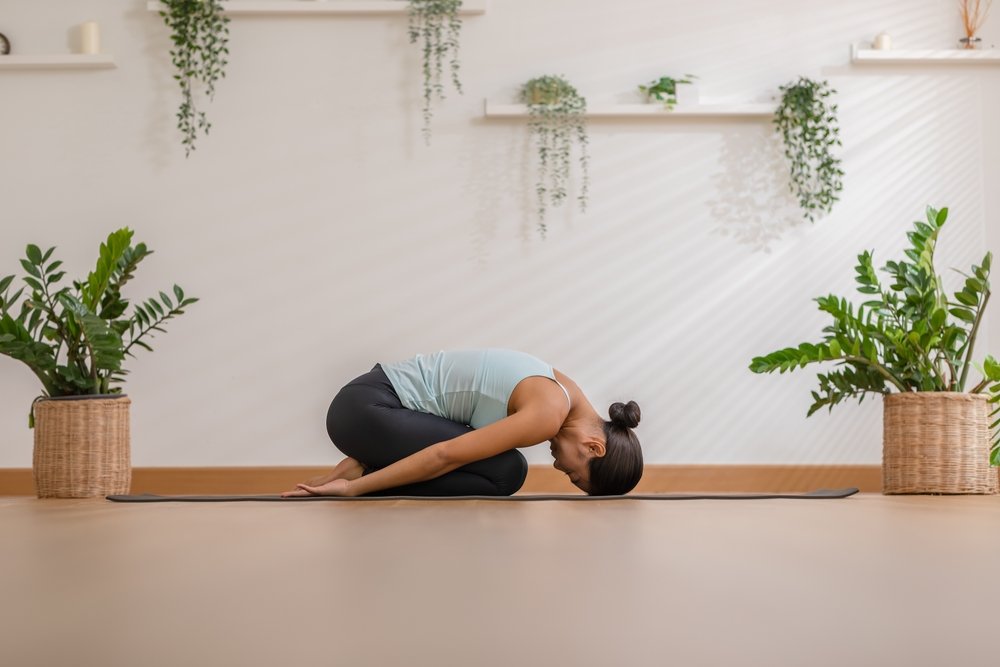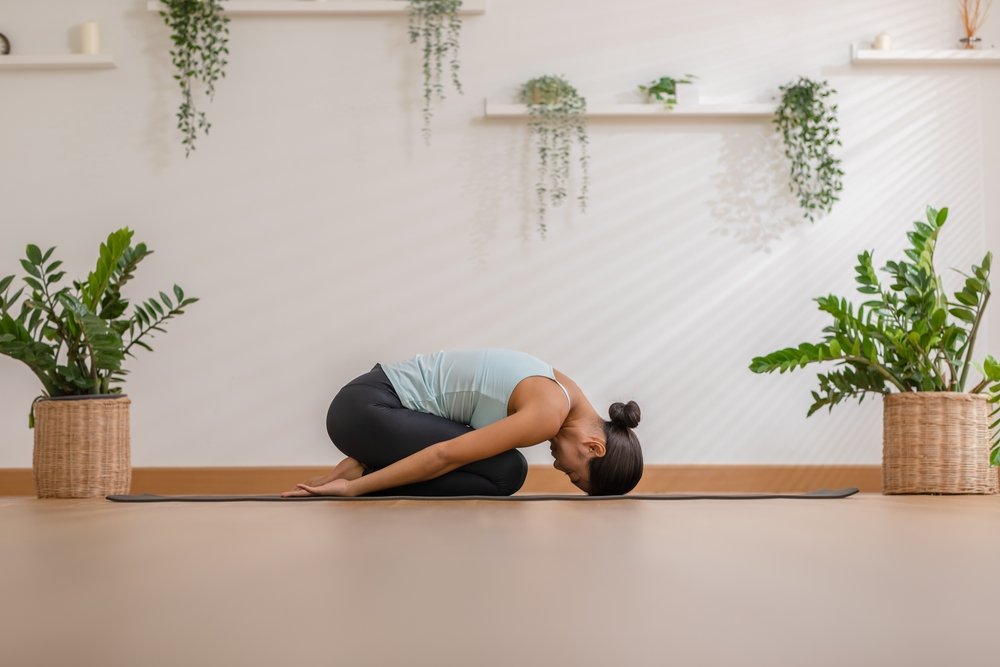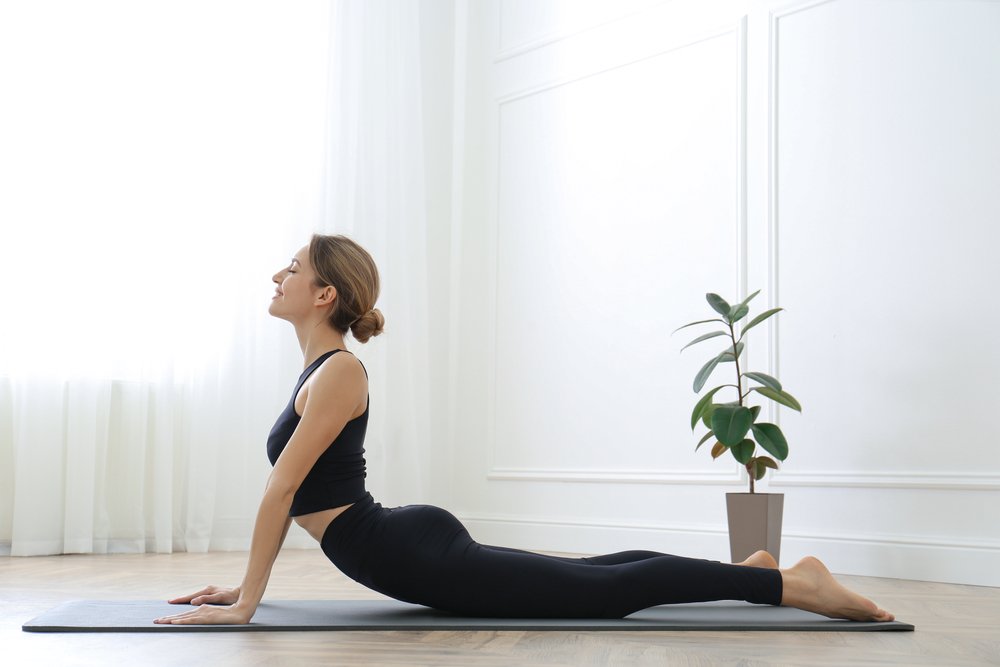Yoga for Gut Health: Poses That Influence the Enteric Nervous System
Hey everyone!
Today, we are really excited to talk with you about something we feel really passionate about (and let’s be honest, something we feel similarly in our gut!): how yoga can truly change the way you digest food.
We are not just talking about getting rid of that awful feeling of being bloated or uncomfortable in your pants; we’re talking about the idea of actually connecting you to your yoga mat and gut—more specifically, your gut and your “second brain,” the enteric nervous system.
You’ve probably heard the phrase “gut feeling,” right? Well, it’s more than just a phrase! There is a lot of intelligence in your gut because it has its own nervous system, the enteric nervous system (ENS).
The ENS is an elaborate network of neurons that runs along the lining of your stomach, intestines, and all digestive organs. The ENS is responsible for, but not limited to, all digestion, absorption of nutrients, hormone levels, and even regulating moods. What can disrupt your ENS hormones and system? Stress, poor diet, and movement, balance, and stretching from your life.
The best part!? Just about any type of yoga (as long as it is intentional and calm) is an incredibly effective way to calm and stimulate your ENS. It’s essentially that, a gentle, loving, interior massage for the gut!
So, are you ready to move through some useful yoga “gut health” poses that can definitely affect your gut? So hold onto your mat for a while and give this blog a read, which will be worth it.
Let’s flow!
Twist Your Way to a Happy Tummy: Twisting Poses
Twists are amazing for your internal organs. They literally wring out the organs and increase blood flow and also stimulate peristalsis, the wave-like movements of food through your intestines.
- Seated Spinal Twist (Ardha Matsyendrasana): This is a classic twist that is gentle but effective to get things moving.

How to do it:
- Sit up tall and extend your legs in front of you.
- Bend your right knee and place your right foot flat on the floor outside of your left thigh.
- With your left arm, hug your knee into your body.
- Use the right hand to place it on the floor behind you, with your fingertips on the floor for support.
- Inhale to lengthen, then exhale, twisting to the right and looking over your right shoulder.
- Hold for a few breaths, then switch sides.
Why it helps: Gently compresses and releases the abdominal organs to assist detoxification and to stimulate your digestion.
- Reclined Spinal Twist (Supta Matsyendrasana): The relaxed version, especially nice at the end of a long day.

How to do it:
- Lie on your back, and bring both knees to your chest.
- Let both knees fall to one side, allowing your shoulders to remain grounded.
- You can also extend the opposite arm out to the side for additional stretch.
- Hold here, then switch sides.
Why it helps: This pose assists in releasing tension in the abdomen and lower back, offering a nice release and also allowing for the natural flow of digestion.
Compress and Release: Forward Folds and Compressions
These poses apply gentle pressure to your abdomen, which can help to stimulate the digestive organs and relieve trapped gas.
- Child’s Pose (Balasana): Your go-to comfort pose and a valuable ally for gut health!

Also Read : The Ultimate Guide to the Benefits of Yoga for Stress and Anxiety
Directions:
- Kneel on your mat, big toes touching, knees wide (or together for more compression).
- Fold forward, resting your torso between or on your thighs.
- You can rest your forehead on the mat, and your arms can extend forward or back beside your body.
Why it helps: gently compresses the abdomen, promoting relaxation. Calming and relaxing the nervous system, whether we admit it or not, impacts the ENS. And it helps to release tension in the lower back.
- Knees-to-Chest Pose (Apanasana): – commonly referred to as “wind relieving pose,” and for good reason!

Also Read : Understanding Asanas (Yoga Poses and Their Significance)
Directions:
- Lying on your back, hug both knees to your chest.
- You can gently rock side to side.
Why it helps: This pose massages abdominal organs, helps relieve gas and bloating, and calms the lower abdomen.
Stretch and Open: Backbends
While twists compress, backbends gently stretch the abdomen area, allowing changes to cramping and organ functionality.
- Cobra Pose (Bhujangasana): A gentle backbend that opens the chest and stretches the abdomen.

Also Read : Yoga Philosophy in Bali: A Deeper Understanding
How to do it:
- Lying on your stomach with your hands positioned under your shoulders,
- Press into your hands and the tops of your feet to gently lift your chest into a soft backbend.
- Remember to try to keep your elbows on your side.
- You can look slightly forward or down to create a comfortable position for your neck.
Why it helps: Stretches the abdominal musculature, stimulates the abdominal organs, and nourishes the area with improved circulation in the digestive region.
Don’t Forget the Breath: Pranayama for Digestive Health
Yoga is not just about postures; it is all about the breath. The breath is so important that there are specific breathing techniques (called pranayama) that can have a huge impact on your nervous system, including the ENS.
- Diaphragmatic Breathing (Belly Breathing)—This is the building block of calm for your gut.

Also Read : Unlocking Inner Power: The Subtle Science of Bandhas in Your Yoga Journey
How to do it:
- Lie on your back.
- Place a hand on your chest and a hand on your belly.
- As you breathe in, allow your belly to rise as your lungs fill with air.
- As you breathe out, let your belly fall; the air flows out of your lungs.
- Focus on moving your belly more than your chest.
Why it helps: it engages the vagus nerve, which is one of the biggest neural pathways between the brain and gut, stimulating the relaxation response, which allows the gut to work optimally for digestion & relaxation. It’s phenomenal for reducing stress and balancing the gut microbiome.
Bringing it All Together: Your Gut-Friendly Yoga Practice
Now, remember, consistency is crucial! Just 15 to 20 minutes a day in these poses will make a difference in how your gut feels and how you feel overall. To reiterate, listen to your body, move kindly, and remember to breathe.
- When you begin to practice yoga, it is important to start small with a shorter session and then increase time and volume gradually.
- Don’t forget to drink lots of water before and after practice! Hydration is important for digestion and overall gut health.
- Practice mindful eating and support your yoga practice with whole, nourishing foods. Take it a step further by making sure you include some probiotic-rich and fiber-rich foods for your overall gut health.
- Use yoga to manage stress! This is a key aspect of gut health! Consider stress in relation to gut health in your daily life.
- Go slow at first if you are a beginner to the practice and increase the speed and intensity gradually.
By adding these yoga poses and the entire yoga practice into your daily routine, you not only benefit your body, but you are also stimulating your enteric nervous system, which is in charge of your gut health, resulting in a happier and healthier gut and person overall!
Are you prepared to roll out your mat and have some fun with your gut? Tell us in the comments what your favorite asanas are for keeping your gut comfortable!





